|
This is part of a series about Injuries In Yoga. The second most common injury we see in the yoga world is of the hip. The damage happens when the hip bends (flexes) significantly. The thigh bone can bump against the bone of the pelvis and hip socket, crushing the cartilage there. This is called hip impingement. The injury generally happens in three progressive stages that may take months or years to develop. In the first stage, there is a slight or moderate pinching sensation as we pull the leg into the chest or rest the body onto the leg with gravity. This pinch is not the result of muscular engagement or tissue stretching, but of bone resting on bone and squishing the cartilage between. (There is a somewhat common instruction to 'feel a pinching sensation in the hip' in some postures. We recommend against this, for obvious reasons.)
If we continue to damage the cartilage beyond the second stage, in the third stage it can actually tear and pull away from the hip socket. This is called a labral tear, because the cartilage ring around the hip socket is the labrum. This injury can be quite painful, making it excruciating to do something as simple as walk. Like in the second stage, not only will the hip joint itself hurt, but the muscles of the thigh will struggle to function properly. Common postures that are in danger of causing this injury are those that involve deep hip flexion, which is bending of the hip joint. These include Wind Removing (pictured above), Bikram Triangle, Standing Bow, Half Tortoise, Separate Arms Balancing Stick and Spinal Twist (Ardha Matsyendrasana). Look at the position of the hip in all these postures. Notice that the deep flexion can cause the thigh bone to bump into the pelvis. How can we avoid, prevent or heal this injury? As with most things, prevention is the most effective method, as it will keep the body healthier and pain-free. To prevent this injury, pay close attention in any of these postures where your hip is deeply flexed. If you feel a pinching or pressure in the top/front of your hip, back off a bit. It can be challenging to separate this sensation from a stretching or engaged muscle, but the differentiation is quite clear once you notice it.
Anytime we use the arms to pull the leg deeper toward the pelvis, use great care! This is taking the hip joint past its normal range of motion, and is a common way to injure the hip. In most (perhaps all) situations, pulling will increase the risk of injury. Healing damaged hip cartilage is difficult. If you are only in Stage 1 or Stage 2, backing off of the postures will likely allow the body to heal. You will need to be conservative with the hip for awhile, at least six weeks. If you have a torn labrum, the conversation gets more complicated, as most will recommend surgical repair. The cartilage doesn't have a great blood supply, so it has trouble healing on its own. There are some stories of non-surgical success, but they are few and far-between. For us, the moral of the story is to be careful and gentle. Most people practice yoga to improve their health, and injury is the exact opposite of that.
1 Comment
Stephen W Statler
1/20/2023 04:45:55 pm
This is very compelling post. I've been doing Bikram yoga for 20 years and in the past year have begun to feel tightness and a little pain in my right front groin/hip area. I had a teacher one day who said basically what you're saying, that I should not be doing the poses you mention above. I'm 57 and I'm certain my pain is arthritis or him impingement. I've stopped doing Bikram, miss it terribly, and not sure how to proceed. So odd, I found this today on Johns Hopkins: they recommend, for people with arthtitis, essentially all of the poses you (and my teacher) say to avoid. Any thoughts? Thanks - Steve. https://www.hopkinsarthritis.org/patient-corner/disease-management/yoga-poses-for-arthritis-patients-from-johns-hopkins/
Reply
Leave a Reply. |
AUTHORSScott & Ida are Yoga Acharyas (Masters of Yoga). They are scholars as well as practitioners of yogic postures, breath control and meditation. They are the head teachers of Ghosh Yoga.
POPULAR- The 113 Postures of Ghosh Yoga
- Make the Hamstrings Strong, Not Long - Understanding Chair Posture - Lock the Knee History - It Doesn't Matter If Your Head Is On Your Knee - Bow Pose (Dhanurasana) - 5 Reasons To Backbend - Origins of Standing Bow - The Traditional Yoga In Bikram's Class - What About the Women?! - Through Bishnu's Eyes - Why Teaching Is Not a Personal Practice Categories
All
Archives
May 2024
|

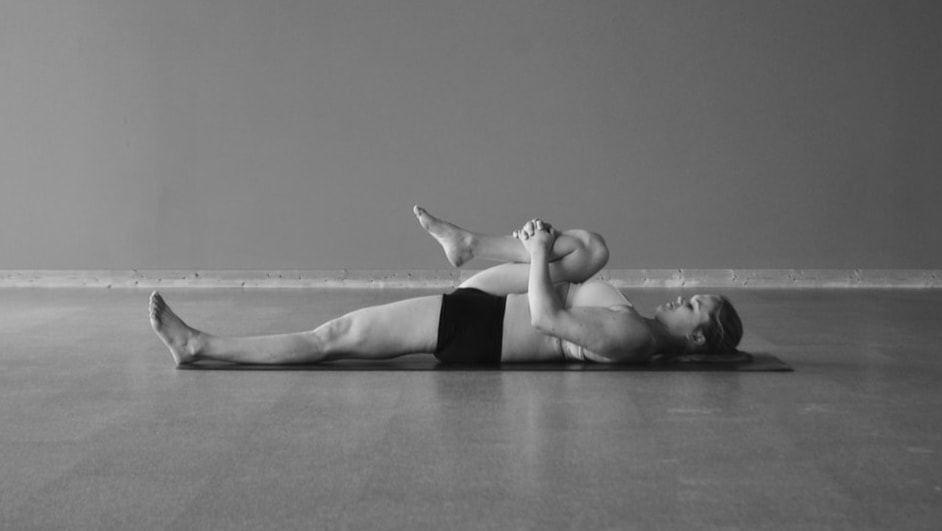
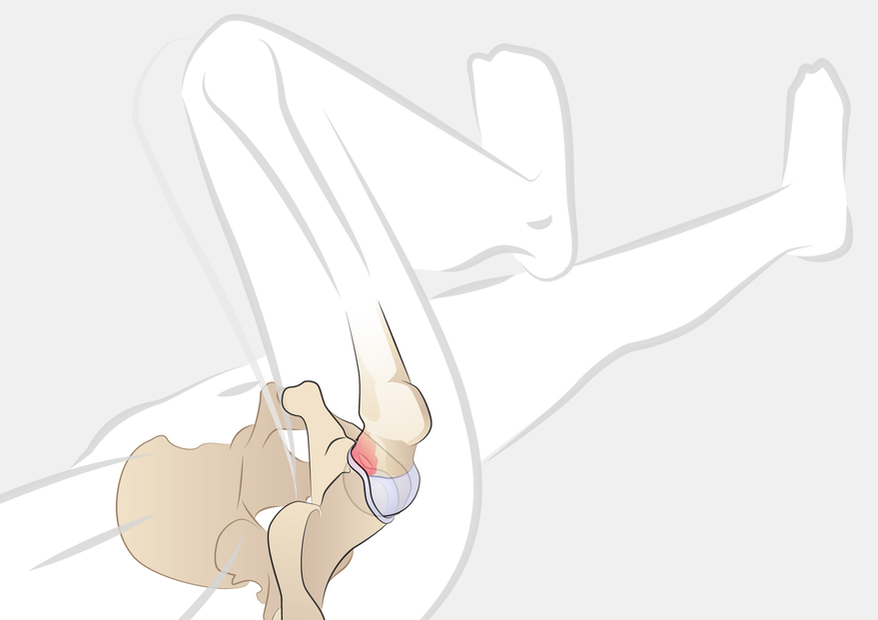
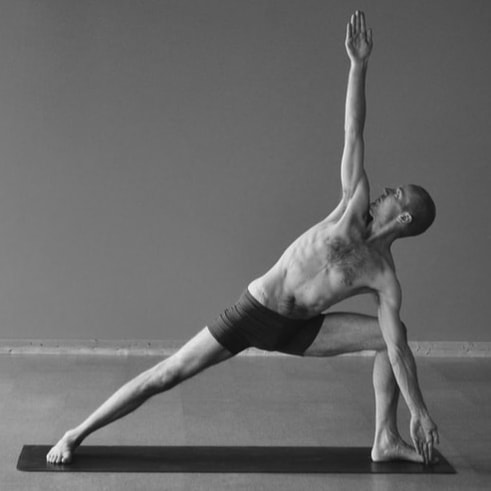
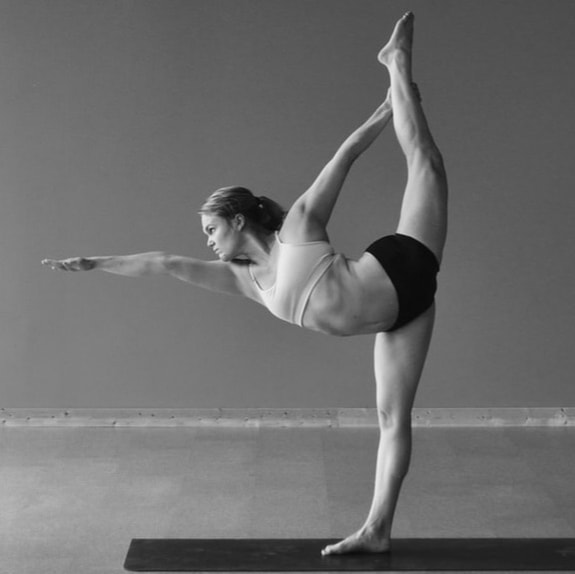
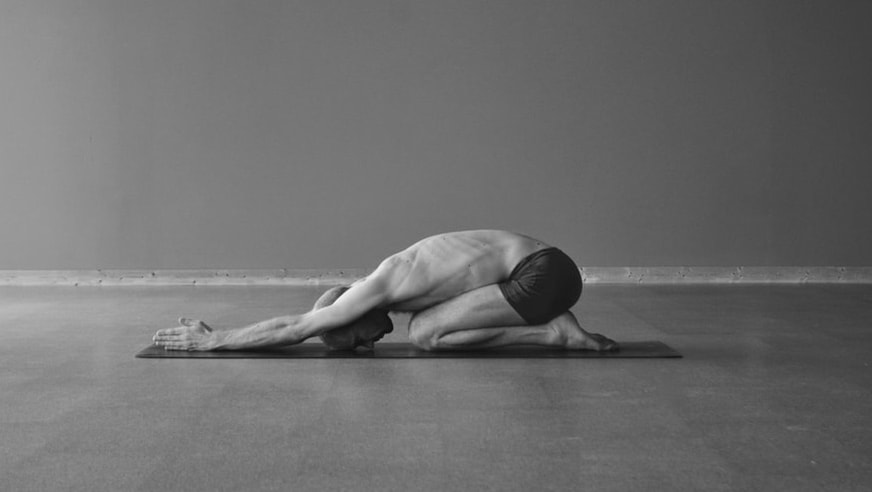
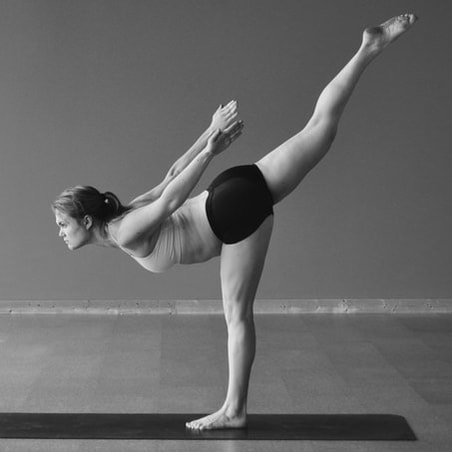
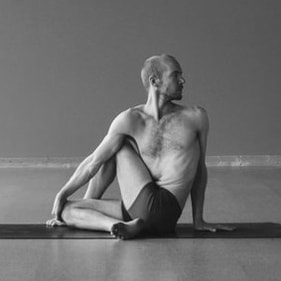





 RSS Feed
RSS Feed